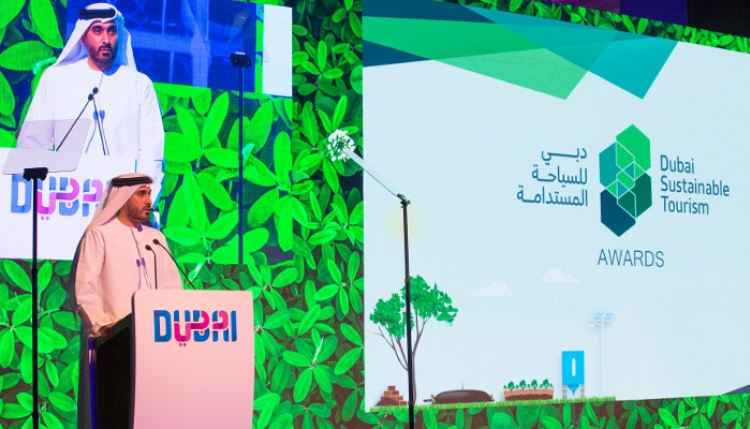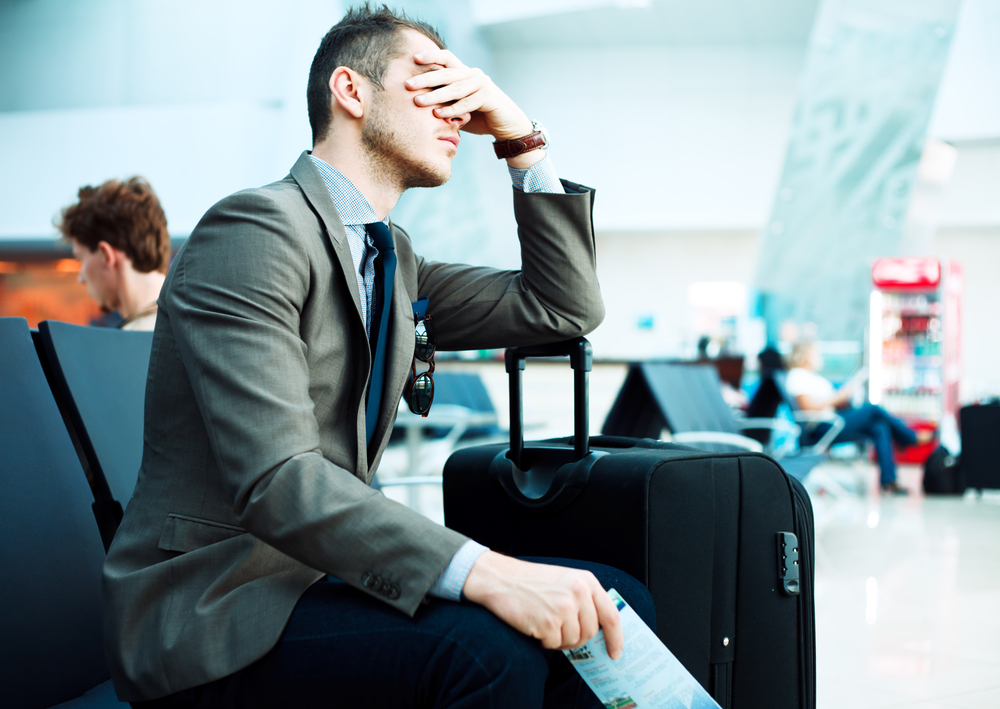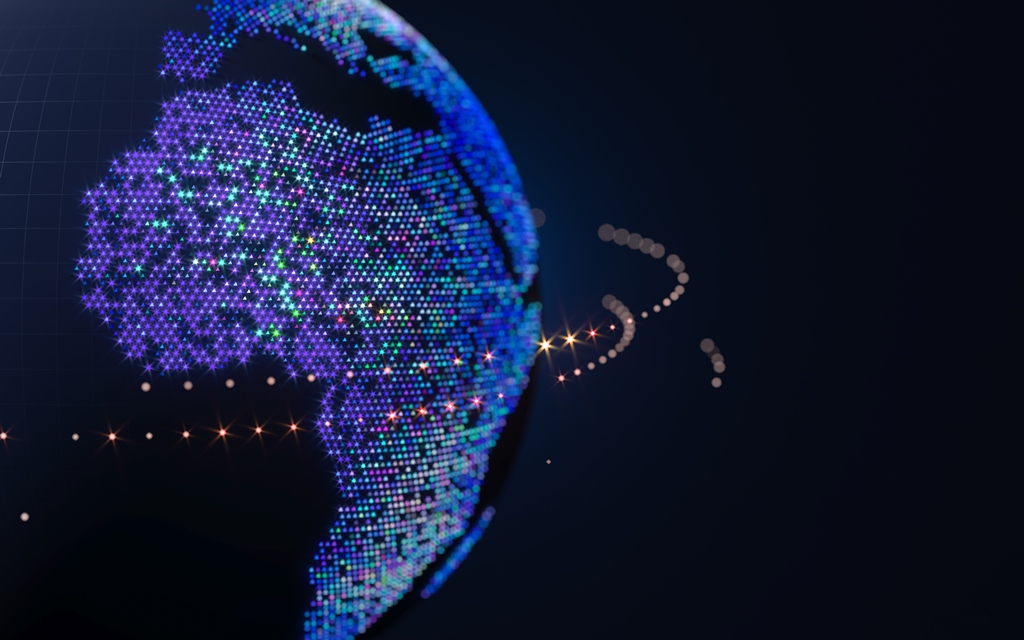34 years ago, a vision was born, known as the Yamoussoukro Declaration, the vision saw a fully liberalized Intra-African aviation industry.
11 years later, the implementation of the decision took flight with the Yamoussoukro Decision.
More than two decades later, the vision remains in the African Union (AU) integration blueprint but time is seemingly running out on the goal for an open aviation market.
The African continental Trade agreement will increase both intro Africa trade and global business.
Restrictions
Pressure to have a liberalised aviation sector has been accelerated over the past couple of years by the emergence of the Covid-19 crisis.
The sector alongside tourism were the first to take damage from the global health crisis and are tipped to be among the last sector’s to fully make recovery from the crisis.
However, air cargo business and aviation logistics increased with vaccine and healthcare products increased cargo trade.
Even so, the impact of the pandemic on aviation has been more profound in Africa than in other parts of the world.
First off, a bias on the imposition of travel restrictions saw travel bans in and out of a majority of African countries.
This heavily impacted continental carriers, which are greatly reliant on the global aviation market with the intra-African market yet to fully mature although budget airlines seem to be growing and making profits.
The lack of a fully mature intra-African aviation industry across the continent, meanwhile returned to bite the continent hard with the limited access of international destinations on the widespread restrictions imposed to greater magnitude on African States.
The African aviation industry would have likely avoided the greater fall out of restriction had it developed its own air travel market and infrastructure and navigation including across the continent having all major airports with global safety standards.
SAATM
The Single African Air Transport Market (SAATM) as envisioned three decades ago as the first flagship project under AU Agenda 2063 must now come into fruition in the short to medium term.
The implementation of the project is expected to flank the successful operation of African Free Continental Trade Area (AfCTA) increase free movement of people, investors and tourists within the continent.
A free air transport market further complements investment, employment, and entrepreneurship to foster, free movement of people and goods and the roll-out of the regional or African passport.
Further journey and wait times for air transport are set to come down by at least one fifth, air fares will fall, there will be competition for air services even as more jobs are created in the sector.
However, the war in Europe and reversed costs of transport as the oil barrel price hit record high above 115 dollars per barrel and still rising.
Today, Africa represents a mere four per cent of global world aviation traffic.
This figure is tipped to top 10 per cent with a fully operational single African air transport market.
A study by the International Air Transport Association (IATA) and the African Airlines Association (AFRAA) on the implementation of SAATM by just 12 countries predicts 1.3 billion dollars GDP increment, fare savings of between 25 and 35 per cent, five million additional air passengers and 155,000 new jobs.
In the rest of the world, the liberalisation of air transport markets in the United States and the Europe has deepened the penetration of air transport while creating large and profitable behemoths.
For instance, airlines in the US and Europe are the most profitable while low cost carriers such as Ryan Air have thrived under the liberalised terms.
Despite it’s limited reach, aviation in Africa still supports and estimated 6.8 million jobs while contributing to 72.5 billion dollars to the continent’s GDP.
The potential for aviation nevertheless remains largely untapped for a continent made up mostly of landlocked countries with relatively inefficient road and rail infrastructure.
Cargo air business remains most profitable and will see the private sector partner with public sectors to provide last mile deliveries which will change air/digital efficiencies and outstanding customer experience right yo your doorstep deliveries.
Without the liberalisation of aviation, Africa risks losing out on social-economic benefits and growth due to lack of connectivity.
However, domestic passenger numbers are growing above pre covid statistics in most countries including Kenya.
International passengers are moving towards records numbers however the numbers are unclear with the effects of the war shooting all transport costs to be expensive.
An elaborate intra-African aviation industry would ensure the resilience of the sector amidst shocks such as the Covid-19 pandemic. Governments and bilateral trade agreements and incentives for airlines fly into Africa will greatly improve in Africa.
Airline partnerships and mergers could bring costs down and improve on experience and end to end air solutions.
The creation of a single aviation market will however require the harmonization of national and regional regulations at the continental level.
This would mean creating liberalized air tariffs, unrestricted frequency and capacity and the full liberalization of cargo services.
Profits
The African aviation industry has struggled to generate consistent profits over the past decade with the only profitable year coming last in 2010.
However, Ethiopian Airlines leading a successful business trend with world class aircraft and infrastructure investments.
The industry features a number of financial beleaguered carriers while some national flag carriers have gone under over a combination of underfunding, unfavourable regulation, wrong business modelling and financial misappropriation and some giving poor customer care.
Other factors bedevilling players in the industry cover high user charges, taxes, inadequate airport infrastructure and insufficient management expertise, terrorism and Ebola or health crisis such covid issues reducing travel business.
Countries such as Uganda and Tanzania are only re-establishing their flag carriers following the collapse of what was the East Africa Airways while Rwanda Airlines and Kenya Airways investing in newer aircrafts and airport developments .
While the US and Europe aviation industries thrive off intra-airline agreements, consolidation and partnership, Africa’s aviation market remains heavily fragmented with greatest potential and seeking, well managed airline partnerships.
The picture is however changing going by recent developments such as last year’s Strategic Partnership Framework which seeks to bring together Kenya Airways (KQ) and South Africa Airways (SAA).
This model of business needs a lot of inter government synergy and consistent world class service, seamless connectivity and competitive affordable transport rates.
The pair of unprofitable carriers which have over the recent past survived on State bailouts seek to establish joint operations in 2023 including common business plans and initiatives.
Such a partnership could very well usher in the next phase of growth for Africa’s aviation industry.
The future of air transport will see more stronger technical ,electrical and robotics both in ground and in the air to take the aviation business to the next level.
The private sector which is the highest number of business both cargo and passengers look forward to open skies regionally and globally. Happy flying wishes.
Source: Capital News









